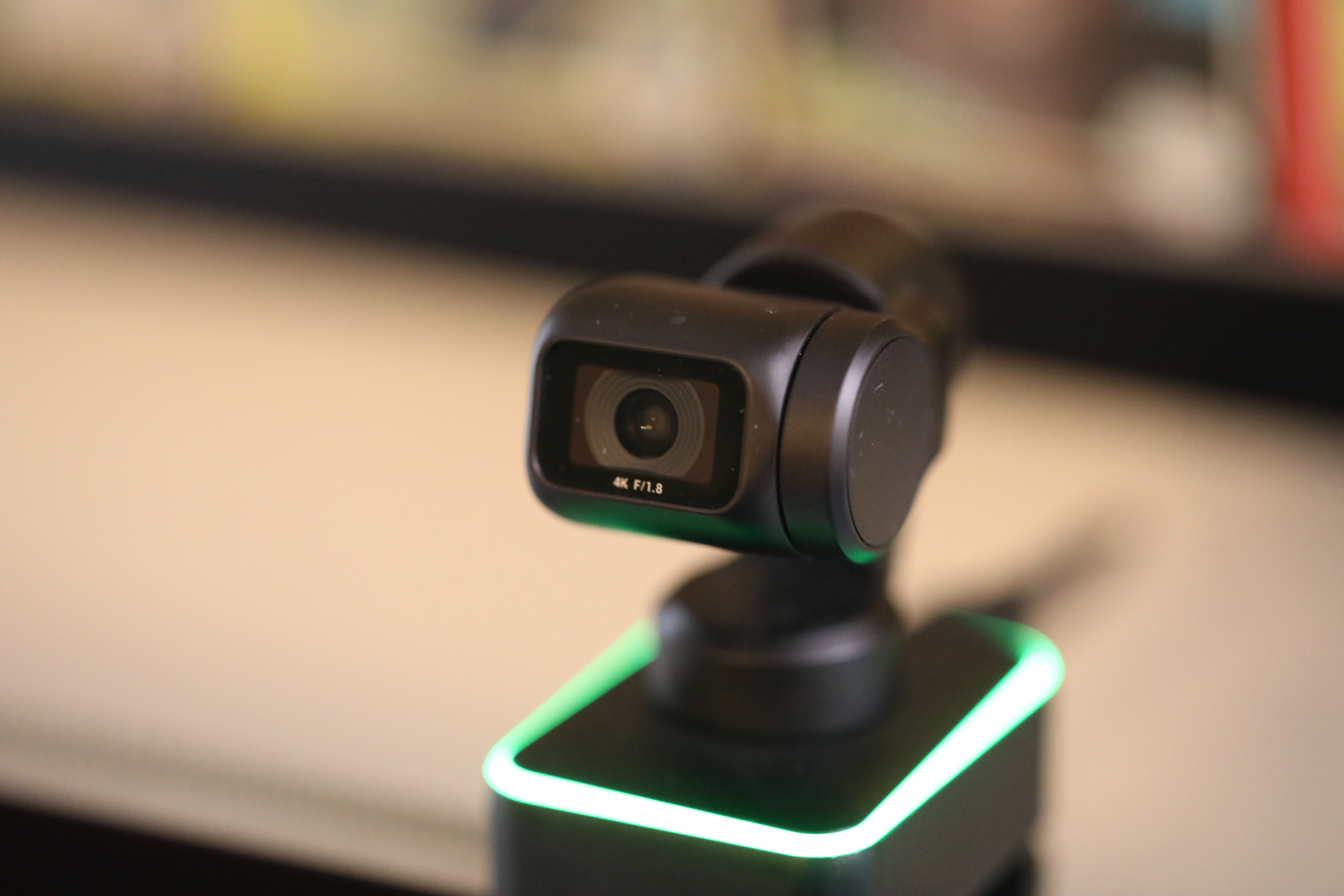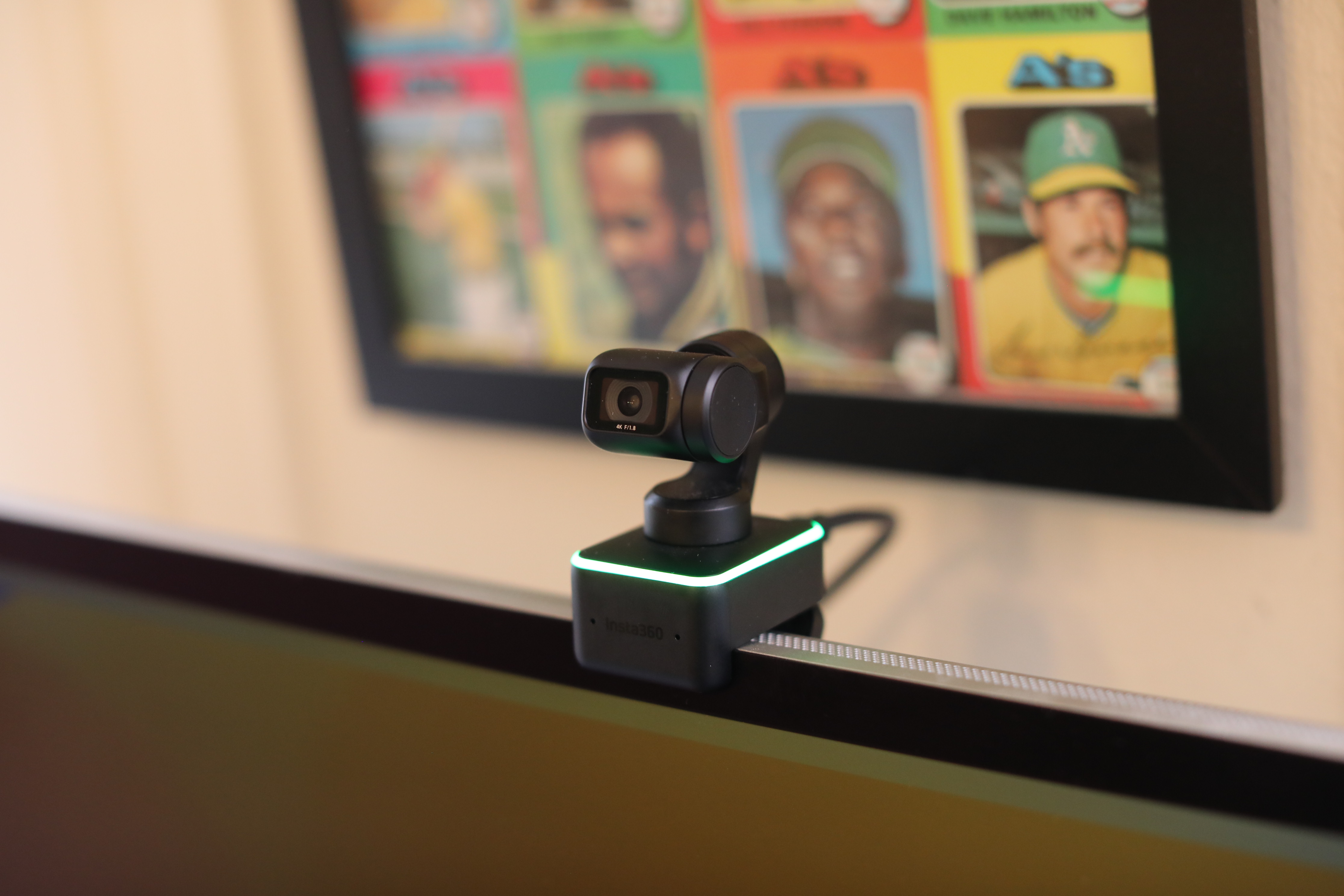I have a confession to make. I’ve been in this industry for a long time. I’ve reviewed hundreds of products over the years. Through much of that time, webcams have always felt like a bit of an afterthought. I fully recognize that this quite probably is the worst way to open a webcam review, but sometimes honesty takes precedence over a good lede.
It’s not that they’re not important, of course. It’s just that, over the years, it’s been one of those categories where “fine” or “okay” has seemed good enough. Who cares about a so-so laptop webcam for the occasional 30-minute meeting?
I say this as someone who went into an office every day for a long time, and the meetings that weren’t conducted face to face could often be handled through email or Slack — or one of those wildly expensive teleconferencing systems corporate IT throws money at.
All of that is, unsurprisingly, one in a long list of things that have changed in the past few years. A push toward video teleconferencing and various remote media spots have thrown the topic into sharp relief. A broader societal move toward remote work is finally dovetailing nicely with the beginnings of a minor — but interesting — revolution in the webcam world.
Image Credits: Brian Heater
Laptop makers have finally began upgrading their long out of date 740p cameras and taking some alternative approaches to native hardware, like Apple’s Continuity Camera, which outsources the function to a connected iPhone. We reviewed the Opal camera when it was in beta, and the hardware felt like a breath of fresh air — albeit one that required a lot of software tweaks. Many of them have, thankfully, been addressed in the subsequent months.
If you had told me a few years back that two of the most exciting products I’d review in 2022 would be webcams, I might have laughed. Yet, here we are, with another fascinating entry. It arrives by way of Insta360, a Shenzhen-based firm primarily known for 360-degree cameras (hence the name) and action cams. I don’t have many opportunities to review either, so I haven’t played around with one of their products in quite some time.
When the Link was announced, it was clearly time to change that. At the dawn of an exciting era for webcam technologies, this is one of the more innovative I’ve seen. Not just innovation for innovation’s sake, mind. It makes a lot of sense. In our write-up of the news, we compared the system to DJI’s excellent Pocket system, a small, hand-held gimbal that allows for smooth and easy tracking shots.

Image Credits: Brian Heater
Incorporating similar technologies into a webcam makes plenty of sense on the face of it. It’s like a scaled-down version of one of the aforementioned wildly expensive teleconferencing systems. A combination of AI, face tracking and robotics allows for a system that can track the user. Think of a more refined, better-quality version of something like Apple’s Center Stage. There are limitations to how applications like that operate — just as there are currently limitations to how small a product like Insta360’s webcam can be produced. It’s not a form factor a company could, say, build into a laptop display at present.
It’s a first-gen product, but Link is an absolute winner. The above features meld together well, for an extremely capable webcam. My chief criticism (if it can be described as such) is that the system maybe too capable for many users. I recognize that this is an odd complaint on the face of it, but if I had to venture to guess, I would say that the vast majority of people in the vast majority of cases are perfectly served with a fully stationary webcam. I don’t know about you, but the majority of Zoom calls I do involve both me and everyone else sitting in the same position for the majority.
I largely bring this up due to pricing issues; $300 is not an insignificant amount of money for most people. If you don’t require the kind of dynamic framing the Link was built to deliver, there are certainly cheaper options. Of course, it bears mentioning here that it’s the same price as the Opal C1, so that’s a clear barrier for both products. And certainly there are far cheaper options, if you need something a bit more basic. Logitech, for instance — they’re not flashy or new, but they make fine products.

[Still images taken in Photobooth; clockwise from top left: Link, Opal C1, Apple Studio Display, iPhone 12 via Camera Continuity]. Image Credits: Brian Heater
Using the Link for a couple of weeks, I do wonder whether a product like this becoming mainstream could ultimately impact the way we do virtual meetings. How much of our super stationary meetings is a product of our technology’s limitations? It’s something to think about, certainly. If my desk was in a good position to toss a whiteboard up on the wall, I’d certainly rethink the parameters of my Zoom calls.
That’s really where the Link shines. Its tracking is great, and it responds well to hand gestures. Hold up your palm to enable face tracking. An “L” with the hand will zoom the video in an out. Two fingers and the camera will hold on your whiteboard (you may need to toss up some markers to help with the process). The video quality is excellent, at up to 4K. Again, that’s probably overkill for most meetings, but it will help you use that 5x digital zoom without a hit to video quality. Given how advanced (and, frankly, larger) these webcams are getting, optical zoom would be a nice addition. Perhaps on the Link 2.

Image Credits: Brian Heater
Meantime, the first-gen Link is a really excellent addition to the webcam universe. This is one of those rare additions to a category that shifts the conversation and opens up a new world of possibilities — assuming you’ve got the cash to spend.
Source : Insta360 Link webcam review














